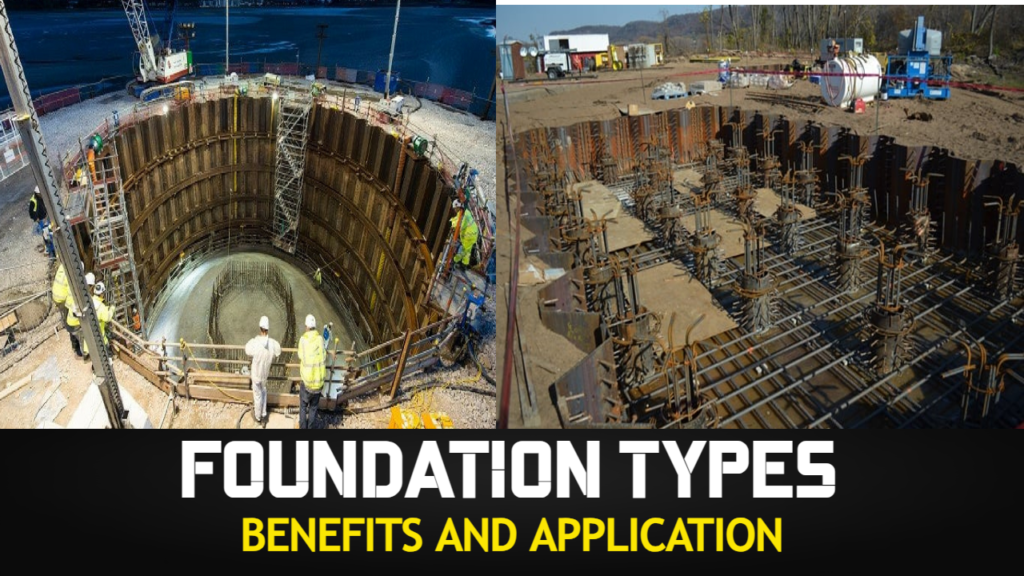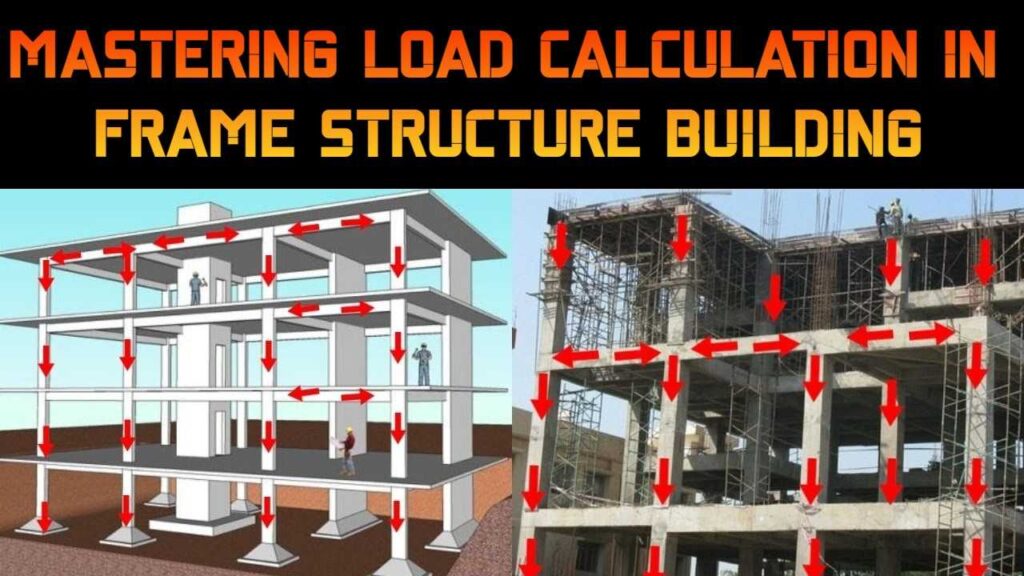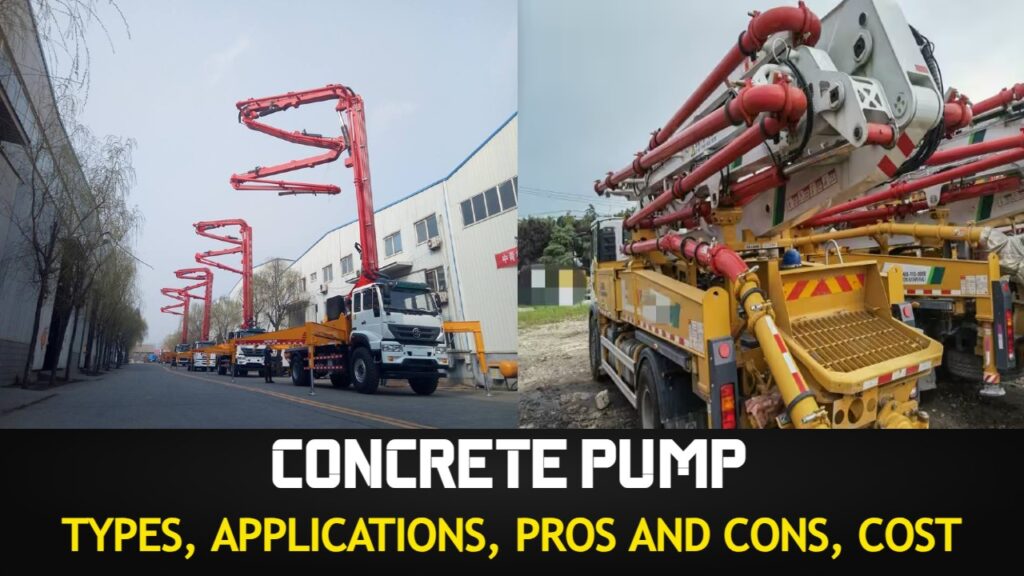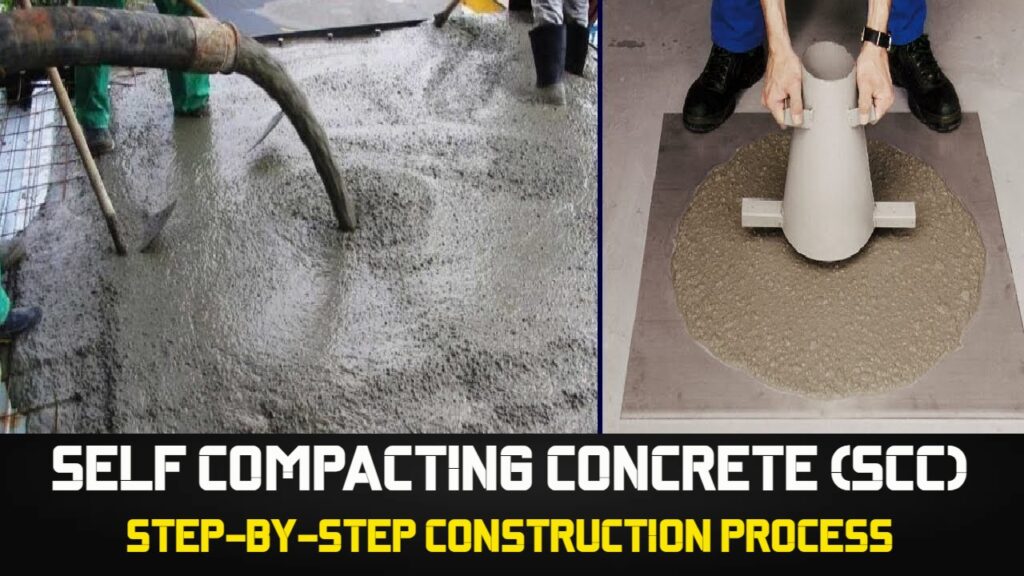In this tutorial, I am going to teach you How to Calculate the Number of Labour Required for Manual Excavation. This post is based on CPWD-DAR Volume-1 2019. This post is very much helpful for the Planning and Budgeting Purpose of Building Project.
Contents
- 1 Manual Excavation in Construction Projects
- 2 Process of Manual Excavation in Construction Projects
- 3 Advantage of Manual Excavation
- 4 Disadvantage of Manual Excavation
- 5 Calculation – Number of Labour Required for Manual Excavation with Excel Sheet
- 6 CLICK TO DOWNLOAD EXCEL SHEET
- 7 FAQ
- 7.1 What are the advantages of manual excavation?
- 7.2 What tools are commonly used for manual excavation?
- 7.3 How is soil stability ensured during manual excavation?
- 7.4 What safety measures should be taken during manual excavation?
- 7.5 How can I estimate the time required for manual excavation?
- 7.6 When is manual excavation not recommended?
Manual Excavation in Construction Projects
Manual excavation in construction projects refers to the process of digging, removing, and shaping the earth or other materials at a construction site using manual labor and hand tools instead of heavy machinery. While manual digging is less common in large-scale projects where mechanized equipment is typically used, it may be necessary or preferred in certain situations, such as:
- Limited access: If the construction site has restricted access or confined spaces where large machinery cannot be used, manual excavation becomes the practical choice. Examples include excavation in narrow alleyways, interior spaces, or areas with overhead obstructions.
- Sensitive areas: In some cases, the construction site may contain sensitive or delicate structures, utilities, or archaeological artifacts that require careful and precise excavation. Manual digging allows for greater control and reduces the risk of accidental damage.
- Small-scale projects: For smaller construction projects with limited excavation requirements, manual methods can be cost-effective and efficient. This could include excavation for minor utility installations, landscaping features, or small foundations.
- Soil conditions: Certain soil conditions, such as loose or unstable soil, may require manual excavation to ensure safety and stability. Manual methods allow workers to carefully remove soil layer by layer, reducing the risk of collapse or destabilization.
ALSO READ:
- Labour Productivity Norms in Slipform
- Septic Tank Size for Hostels and Boarding Schools as per IS Code 2470
- Recommended size of Septic Tanks for 20 Users as per IS 2470 (PART-1)
- Septic Tank Capacity and Dimension for up to 15 Users
- Basic Important points to remember before Septic Tank design
- What is Septic tank, Effluent, Scum, Sewage, Detention Tank, Aerobic and Anaerobic Bacteria
Process of Manual Excavation in Construction Projects
The process of manual excavation in construction projects involves the following steps:
- Site preparation: Clear the area of vegetation, debris, and obstacles that may hinder the excavation process. Mark the boundaries of the excavation area.
- Digging and removal: Workers use hand tools such as shovels, picks, spades, and wheelbarrows to dig and remove the soil or other materials. Excavated material is typically manually loaded into containers or transported to designated areas.
- Shaping and leveling: Manual digging allows for greater control in shaping the excavation to the desired dimensions and contours. Workers use hand tools to ensure proper leveling and smooth surfaces.
- Debris management: Manage the excavated material by disposing of it or repurposing it as required by project specifications and environmental regulations. This may involve segregating different types of materials and transporting them to appropriate locations.
- Safety precautions: Implement proper safety measures to protect workers during manual excavation. This includes providing appropriate personal protective equipment (PPE), ensuring safe work practices, and training workers on potential hazards and safe excavation techniques.
It’s important to note that manual digging requires skilled labor, physical exertion, and may take longer compared to mechanized methods. Therefore, careful planning and assessment of project requirements are necessary to determine the feasibility and efficiency of manual digging in construction projects.
Advantage of Manual Excavation
The advantages of manual excavation in construction projects include:
- Cost-effectiveness: Manual excavation eliminates the need for expensive machinery and equipment, resulting in cost savings. There are no fuel costs, maintenance expenses, or upfront investment required for heavy machinery.
- Flexibility and accessibility: Manual excavation can be used in areas with limited access or confined spaces where large machinery cannot easily operate. This includes narrow pathways, interior spaces, or sites with overhead restrictions.
- Precision and control: Manual excavation allows for precise control over the digging process. Workers can carefully remove soil layer by layer, ensuring accuracy and minimizing the risk of damaging utilities, structures, or sensitive areas.
- Safety: In certain scenarios, manual excavation can offer enhanced safety compared to using heavy machinery. Workers can closely monitor the excavation process and take immediate action in case of any unstable soil conditions, potential hazards, or unexpected obstacles.
- Environmental impact: Manual excavation produces minimal noise, vibrations, and emissions compared to mechanized methods. This can be beneficial when working in residential areas or environmentally sensitive locations.
- Training and employment opportunities: Manual excavation provides employment opportunities for workers skilled in excavation techniques, contributing to job creation and skill development. It also allows for on-site training and knowledge transfer within the construction industry.
- Reduced site disruption: Manual excavation tends to cause less disruption to the surrounding area. It can be particularly useful in projects where minimizing disturbances to neighboring properties or maintaining a clean and organized work environment is important.
It’s important to note that manual excavation has limitations, including potential slower progress and increased physical labor requirements compared to using machinery. The choice between manual and mechanized excavation methods depends on project requirements, site conditions, available resources, and budget considerations.
Disadvantage of Manual Excavation
While manual excavation has its advantages, it also comes with certain disadvantages in construction projects. Some of the disadvantages of manual excavation include:
- Time-consuming: Manual excavation generally takes more time and effort compared to mechanized methods. The physical labor involved in digging, removing, and shaping the soil can result in a slower progress rate, which may not be suitable for projects with tight deadlines or time constraints.
- Increased labor requirements: Manual excavation requires a significant amount of physical labor. This can lead to higher labor costs, especially if the project requires a large excavation area or a deep digging depth. It may also require a larger workforce to achieve the desired excavation within the desired timeframe.
- Limited productivity and efficiency: Manual excavation is generally less efficient and productive than using machinery. The manual labor involved can be physically demanding and may not be sustainable for extended periods, resulting in reduced productivity. Additionally, manual excavation may not be suitable for handling large volumes of soil or other materials efficiently.
- Higher risk of worker fatigue and injury: Manual excavation involves repetitive physical work, which can lead to worker fatigue, increased risk of musculoskeletal injuries, and accidents. Workers may be prone to strains, sprains, back injuries, or other health issues related to manual labor.
- Limited capability in certain soil conditions: Manual excavation may not be suitable for certain soil conditions, such as hard or rocky terrain. Breaking through compacted soil or rock manually can be challenging and time-consuming. In such cases, mechanized excavation methods may be more effective and efficient.
- Reduced precision and control in some cases: While manual excavation offers precision and control in delicate or sensitive areas, it may be less precise and controllable when compared to using specialized machinery for specific excavation requirements. The limitations of manual tools may hinder achieving highly accurate and consistent excavation results.
- Limited capacity for large-scale projects: Manual excavation is generally more suitable for smaller-scale projects or specific excavation needs. For larger-scale projects with significant excavation requirements, mechanized equipment is typically preferred due to its higher capacity, faster progress, and greater efficiency.
It’s important to carefully evaluate the project requirements, site conditions, and available resources to determine whether manual excavation is appropriate. In some cases, a combination of manual and mechanized methods may be employed, depending on the specific excavation tasks and constraints of the project.
Calculation – Number of Labour Required for Manual Excavation with Excel Sheet
This work is valid for Excavation not exceeding 300 mm in depth but exceeding 1.5 meter in width as well as 10 square meter on Plan.
Suppose we want to excavate 100 square meter area (Depth not exceeding 300 mm) manually.
In CPWD – DAR, it is given that for 1 Square meter, the Co-efficient of labour is 0.124
So, for 100 Square Meter digging, Labour required = 100 x 0.124 = 12.4 Numbers
Suppose, if you have to complete the given work in two days.
Then Labour Required per Day = 12.4 / 2 = 6.2 Nos
Suppose, At a time two Team is present at you site and you have to assign work to both the team. Then how you will distribute the labour to complete the work on time.
Number of Team Available = 2
Labour required per team = 6.2/2 = 3.2 Numbers
If You Want Detailed Knowledge Then Watch My Video On YouTube Channel: Learning Civil Technology. I Am Telling This Because Many Important Points I Have Covered During Making Of Video, So If You Want To Know In Detail Then Watch My Video On YouTube Which is Given Below.
CLICK TO DOWNLOAD EXCEL SHEET
You can also follow me on Instagram, Telegram and Facebook page. Because many small things, which are very important from interview point of view, it is not possible to put here, I put all that on Instagram, Telegram and Facebook page. You can take it from there. You will find the links of all social media below.
INSTAGRAM | TELEGRAM | FACEBOOK PAGE
SHARE THIS POST, IF YOU LIKE IT !! THANKS
FAQ
What are the advantages of manual excavation?
Manual excavation offers several advantages, such as:
1. Cost-effectiveness: Manual excavation eliminates the need for expensive machinery and fuel costs associated with mechanized excavation.
2. Flexibility: It can be used in areas with limited access or confined spaces where heavy machinery cannot operate.
3. Precision: Manual excavation allows for precise control and delicate work, making it suitable for sensitive areas or projects that require intricate digging.
4. Safety: In certain soil conditions or environments, manual excavation may provide a safer alternative by reducing the risk of cave-ins or accidental damage to utilities or structures.
What tools are commonly used for manual excavation?
Tools commonly used for manual excavation include shovels, spades, picks, mattocks, wheelbarrows, buckets, hand trowels, and levels. The specific tools required depend on the nature of the excavation and the type of soil or material being excavated.
How is soil stability ensured during manual excavation?
Soil stability during manual excavation can be ensured through the implementation of proper shoring techniques. Shoring systems such as timber or steel bracing, trench boxes, or hydraulic shoring can be used to prevent soil collapse and maintain a safe working environment.
What safety measures should be taken during manual excavation?
Safety is crucial during manual excavation. Some important safety measures to consider include:
1. Providing appropriate personal protective equipment (PPE) such as hard hats, gloves, safety glasses, and steel-toed boots.
2. Conducting a thorough site inspection to identify potential hazards and addressing them before excavation begins.
3. Ensuring workers are adequately trained in excavation techniques, safe work practices, and emergency procedures.
4. Monitoring the stability of the excavation continuously and implementing proper shoring or support systems when necessary.
5. Avoiding overexertion by implementing work rotation, providing breaks, and ensuring workers are trained in proper lifting techniques.
How can I estimate the time required for manual excavation?
Estimating the time required for manual excavation can be challenging and depends on various factors such as the size and depth of the excavation, the type of soil, the skill level of the workers, and the availability of equipment for material removal. To obtain a more accurate estimate, consult experienced excavation professionals or use historical data from similar projects.
When is manual excavation not recommended?
Manual excavation may not be recommended or feasible in certain situations, including:
1. Large-scale projects with significant excavation requirements where mechanized equipment can provide faster and more efficient results.
2. Projects with strict time constraints that cannot accommodate the potentially slower pace of manual excavation.
3. Projects in areas with extremely hard or rocky soil conditions that may be impractical or unsafe to excavate manually.






